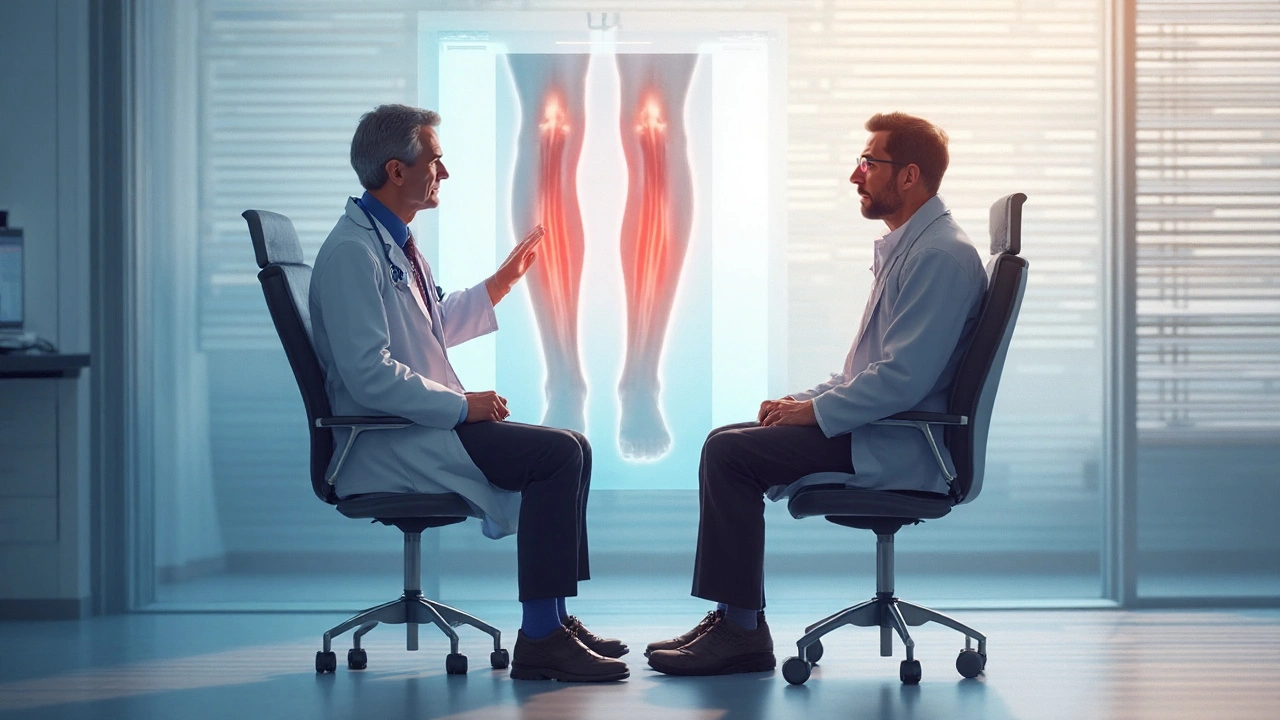Embolism: What It Is, How It Happens, and What to Do
Ever felt a sudden chest pain or a sharp leg ache and wondered if something serious was going on? That could be an embolism, which is basically a clot or other material that breaks free and blocks a blood vessel. When it blocks a vein in your leg you get a deep‑vein thrombosis (DVT); when it travels to the lungs you get a pulmonary embolism (PE). Both are emergencies, but knowing the signs and what to do can save you time and health.
Common Types of Embolism
DVT usually shows up as swelling, warmth, and a gritty feeling in the calf or thigh. It’s common after long flights, surgery, or if you sit still for hours. If you ignore it, the clot can break loose and head to your lungs.
Pulmonary embolism feels like sudden shortness of breath, sharp chest pain that gets worse when you breathe, and sometimes a fast heart rate. It can also cause light‑headedness or coughing up blood. PE is life‑threatening because it stops oxygen from getting to your body.
Other, less common emboli include fat particles (after a broken bone), air bubbles (rare, from medical procedures), or even bits of tumor tissue. They follow the same rule: they travel until they hit a vessel that’s too small.
Quick Steps If You Suspect an Embolism
First, don’t wait. Call emergency services if you have any of these red flags: sudden chest pain, trouble breathing, rapid heartbeat, or a leg that looks swollen and feels hot.
While waiting for help, try to stay still. Moving around can dislodge a clot further into your bloodstream. If you have prescribed blood‑thinners, take them as directed, but don’t start any new medication without a doctor.
After the emergency, doctors will probably run an ultrasound for DVT or a CT scan for PE. Treatment typically includes blood‑thinners like apixaban or warfarin, and in severe cases, clot‑busting drugs or a procedure to remove the clot.
Preventing future emboli is just as important. Stay active—short walks on long trips, regular exercise, and leg‑raising after surgery help keep blood moving. If you’re at higher risk (family history, obesity, smoking), talk to your doctor about prophylactic blood‑thinners or compression stockings.
Remember, an embolism is a serious but treatable condition. Spotting the warning signs, acting fast, and following your doctor’s plan can keep you safe and get you back to your routine sooner.
